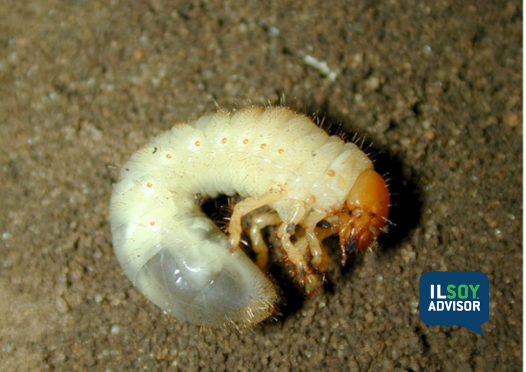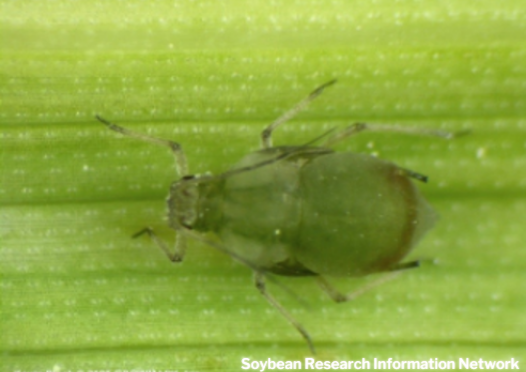ILSOYADVISOR POST
Insect Management: Insects Impacting Soybeans in 2015
While 2015 soybeans faced numerous challenges, insect infestations were not one of them.
As summer winds down and harvest starts, I begin to look back on the 2015 growing season for insects that impacted Illinois crops. For me, it was a fairly uneventful couple of months … in terms of insect activity, anyway. I suspect many of you, though not all, experienced the same thing. I can’t begin to guess the number of times I was asked “Where are the Japanese beetles?”
While my primary role at the University of Illinois is coordinating invasive species surveys, I also co-coordinate agronomic pest surveys as part of a USDA National Institute of Food and Agriculture (NIFA) grant. Part of my involvement includes a statewide trapping network run from March through September targeting several corn and soybean insect pests that is complemented with a corn and soybean field survey during the summer. Both the trapping and field surveys confirmed what word of mouth and social media was sharing: overall, there wasn’t much activity in Illinois soybean fields in 2015, though some areas of the state did see some insect pressure.
Our field surveys were done during two separate time periods: (1) late July/early August and (2) mid through late August. Sampling in all 28 counties was done the same way. Five locations were randomly selected in each county. Each stopping site consisted of a corn and soybean field that were adjacent to or across the road from each other. Soybean sampling occurred in two parts: interior sweep samples and exterior sweep samples. Fifty sweeps were performed on the two rows on the edge of the field (exterior sampling) and at least 30 feet into the field (interior sampling). Sweep contents were bagged and brought back to campus for identification.
Over the course of the two sampling periods 14,000 sweeps were performed on the exterior edge of soybean fields in the sampled counties. Insects such as the brown marmorated stink bug, redbanded stink bug and red-shouldered stink bug are more likely to be found near field edges. There were no findings of these up-and-coming soybean pests this summer.
The interior sweeps (also 14,000 in total), also revealed low overall insect densities. Japanese beetles were the most common pest recovered (especially in west central and northwestern Illinois) and outnumbered the second most numerous pest (grasshoppers) 3.5 to 1. A mere 5 WCR beetles were recovered in these samples. A brief overview of the average number of insect pests per 50 sweeps from each region can be found in Tables 1 & 2.


**BLB = bean leaf beetle, BSB = brown stink bug, GC = grape colaspis, GH = grasshopper, GCW = green cloverworm, GSB = green stink bug, JB = Japanese beetle, NCR = northern corn rootworm, SCR = southern corn rootworm, SL = soybean looper, WCR = western corn rootworm.
This survey is supported by the National Institute of Food and Agriculture, U.S. Department of Agriculture, Crop Protection and Pest Management Extension Implementation Program grant. The time and travel commitment for this survey is considerable and is the result of a partnership between the Illinois Cooperative Agricultural Pest Survey Program and the Illinois Insect Management and Insecticide Evaluation Program at the University of Illinois. Many thanks to all who participated and helped to complete this survey, especially Dr. Nick Tinsley (postdoctoral research associate, Department of Crop Sciences) for spearheading its organization this summer.

Kelly Estes serves as the state survey coordinator of the Illinois Cooperative Agriculture Pest Survey Program. Read more about Kelly here.





Comments
Add new comment